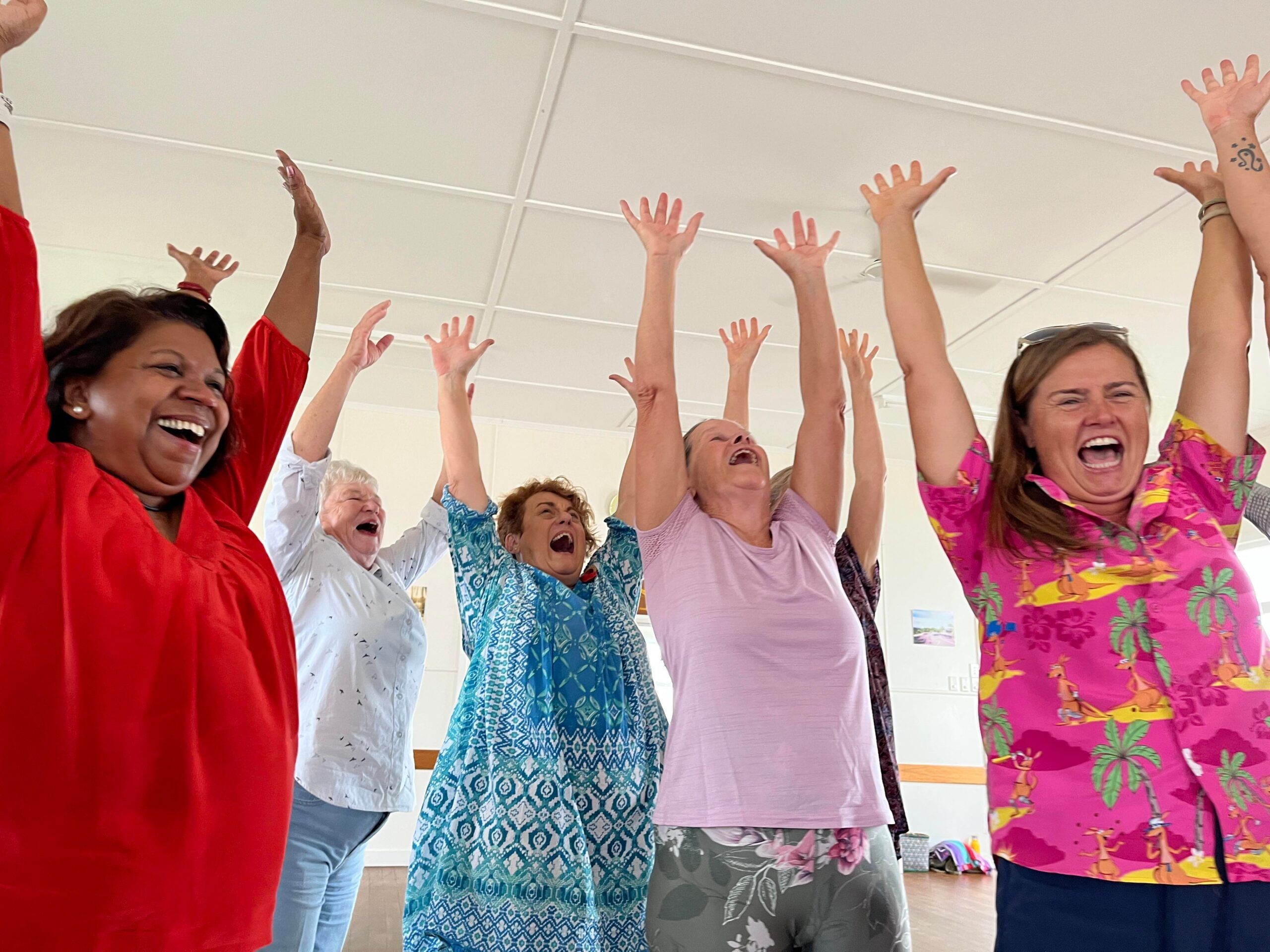
Celebrating International Day of Yoga with Laughter
Wednesday 21 June is a big day for me. It’s State of Origin Game 2 (QUEENSLANDER!), my dearest friend Sandy’s birthday AND it is International Day of Yoga.
That word ‘yoga’ conjures up so many images. Laughing heartily is rarely one of them. Yet both photos below depict yoga. The people laying on the floor in a circle laughing are definitely doing yoga. They’re doing hasya yoga. Read on to understand why hasya yoga most definitely has a place in International Day of Yoga celebrations.
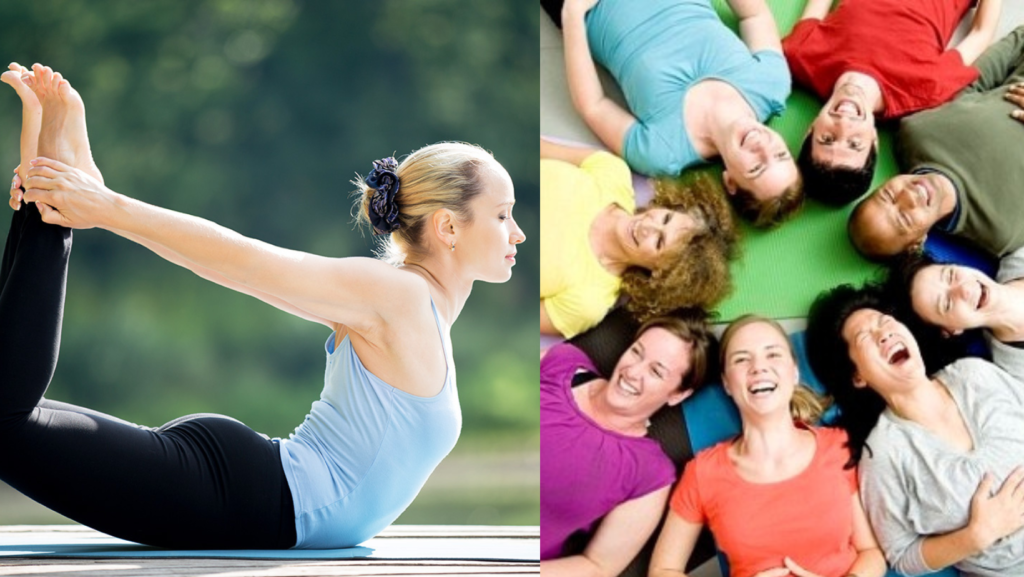
Laughter yoga’s roots
Hasya yoga is what we refer to as Laughter Yoga. Hasya is Sanskrit for humour. Yoga is Sanskrit for union.
Laughter Yoga, developed by a doctor and his yogi wife in India in the 1990s, combines some basic stretches and pranayama Indian breathing exercises with intentional belly laughter. There’s also clapping, chanting and playful movement.
A body-mind practice
Adults typically laugh from the mind. We’ve intellectualised laughing. We rely on comedy or humour; we use judgements and evaluate what’s funny and what’s not. Life is ‘serious’ and there must be good reason to laugh.
Young children, on the other hand, laugh much more frequently than adults. They laugh for the pure joy of it, their playfulness and curiosity and delight in life untempered. They laugh from the body.
Laughter Yoga taps into that perhaps long-forgotten deep-seated need to laugh that we, as adults, stifle.
Through its practice, we learn to ‘just laugh’, giving our inner child’s playfulness an airing. This can take some doing. We may have to reprogram decades of social conditioning.
But it’s worth it.
Laughter as breathwork
Yoga encourages people to exhale much longer than they inhale.
Have you ever thought of laughter as an exhalation, an out breath? That’s exactly what it is! While nature has provided us with muscles of inhalation (diaphragm and intercoastal muscles), natural exhalation is an elastic recoil of the lungs. We can push so much more stale old air from our lungs — exhale longer — by laughing. Laughter Yoga helps to bring in more oxygen by boosting our lungs’ vital capacities.
Laughter Yoga and mood
I’m not always in the mood when I go to the gym for a work-out. I do it because I need to – and I feel better afterwards. Likewise, you don’t need to wait to be in a good mood to do Laughter Yoga. In fact, if you’re not in the mood to laugh, you really need to do it!
Sustained laughter – imagine 15 minutes or so of belly laughter – brings about physiological change including the release of feelgood hormones that brighten and lighten your mood.
Laughter Yoga and mindfulness
It’s very hard to dwell on the past or worry about the future when you’re crying with laughter. Hasya yoga fosters present-moment mindfulness. Indeed, studies have found ‘laughers’ to generate similar brainwave patterns to those practising more contemplative meditative styles of yoga.
Changing the world as we see it through laughter
Yoga is more than a physical activity. The essence of any yoga practice – Hatha, Iyengar, Bikram, Vinyasa etcetera — is balance; not just between the mind and body, but ourselves and our world.
As one of the most famous practitioners, the late BKS Iyengar, once said “yoga cultivates a way of maintaining a balanced attitude in day-to-day life and endows skill in the performance of ones actions”.
Through regular practice of Laughter Yoga, we learn to laugh at ourselves and not take ourselves so seriously. We learn to reframe, to look to the funny side or the positive side of what’s happening. We learn compassion for one another (and ourselves). As our founding father, Dr Madan Kataria says: “When you laugh, you change, and when you change the world changes.”
Hasya yoga – laughter yoga – brings colour to an otherwise black and while kind of world.
This International Day of Yoga, get your haha on!
Enjoy the photos below of the different faces of Laughter Yoga
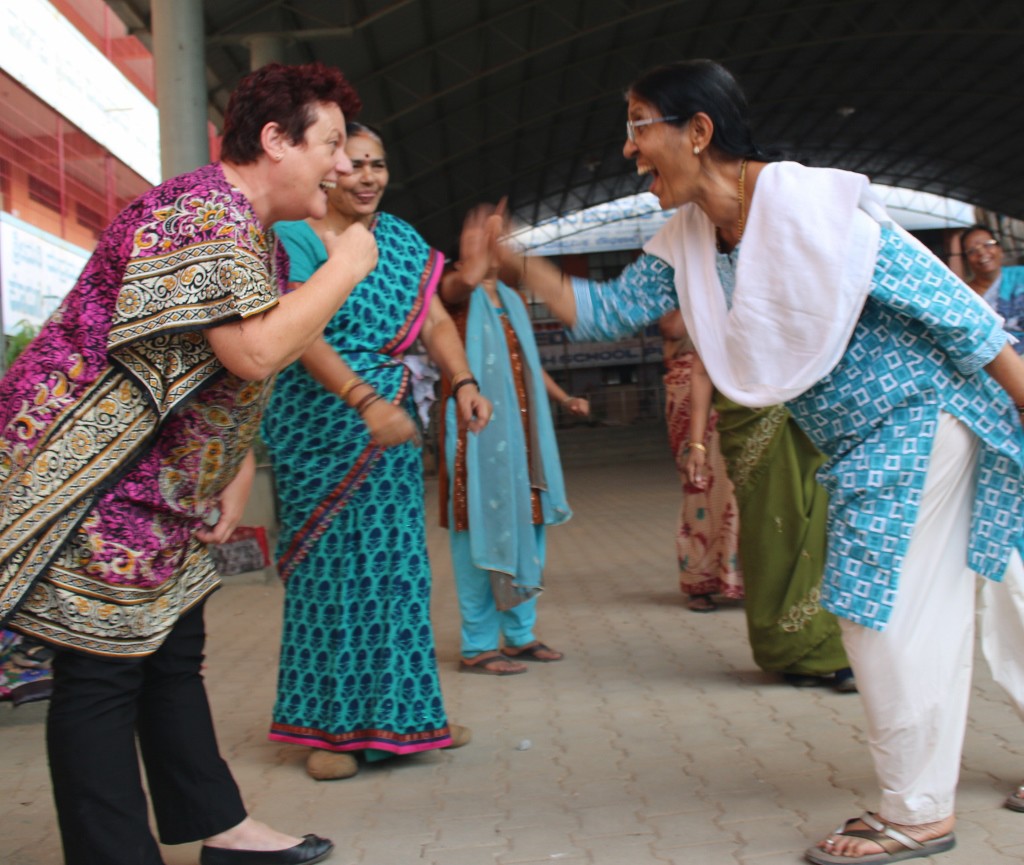
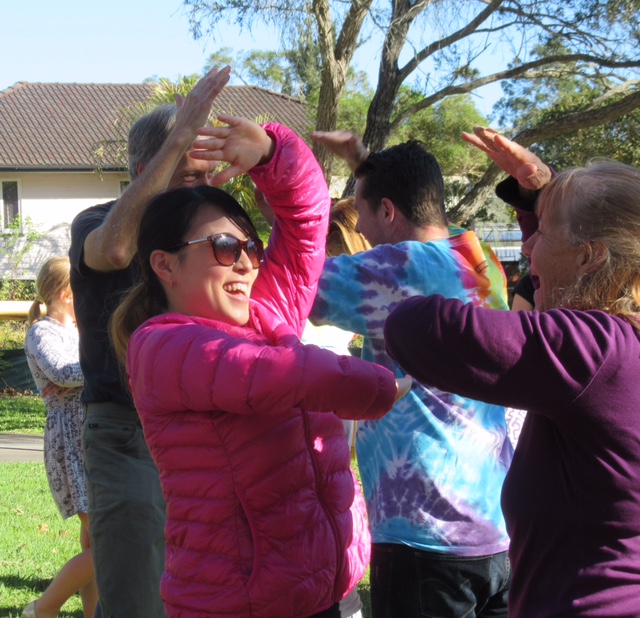
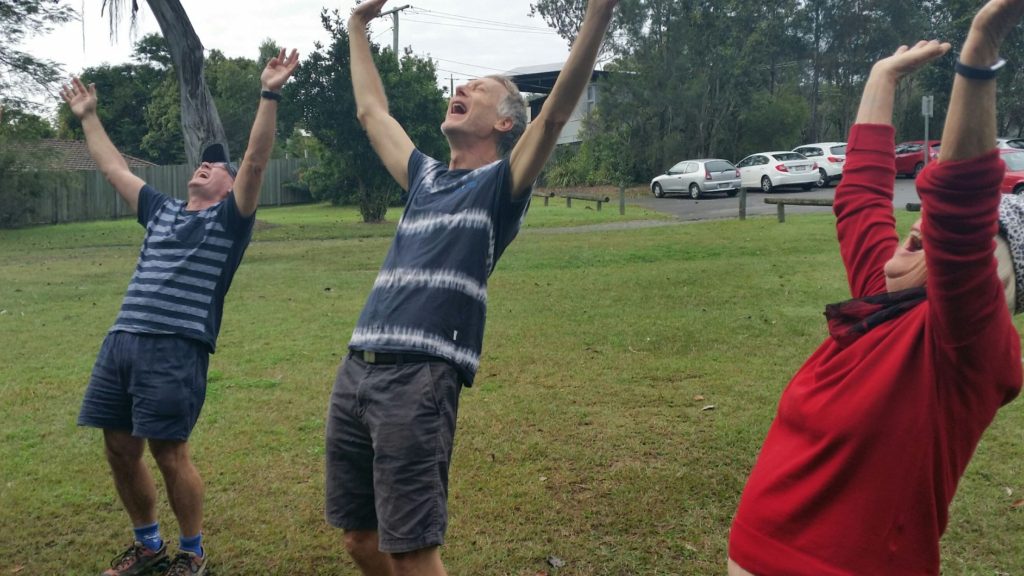
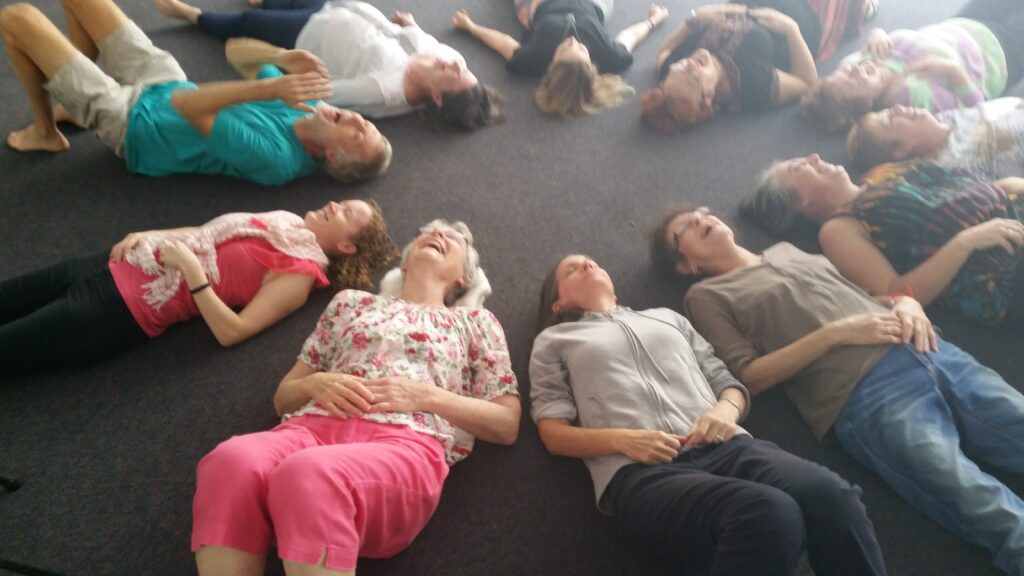
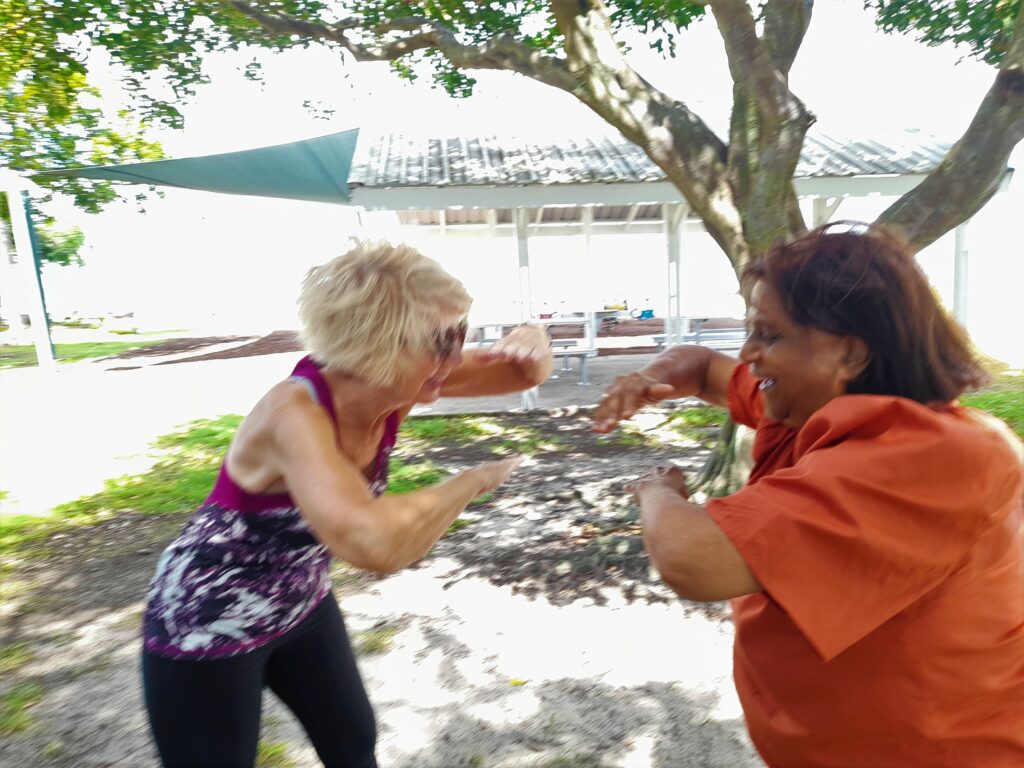
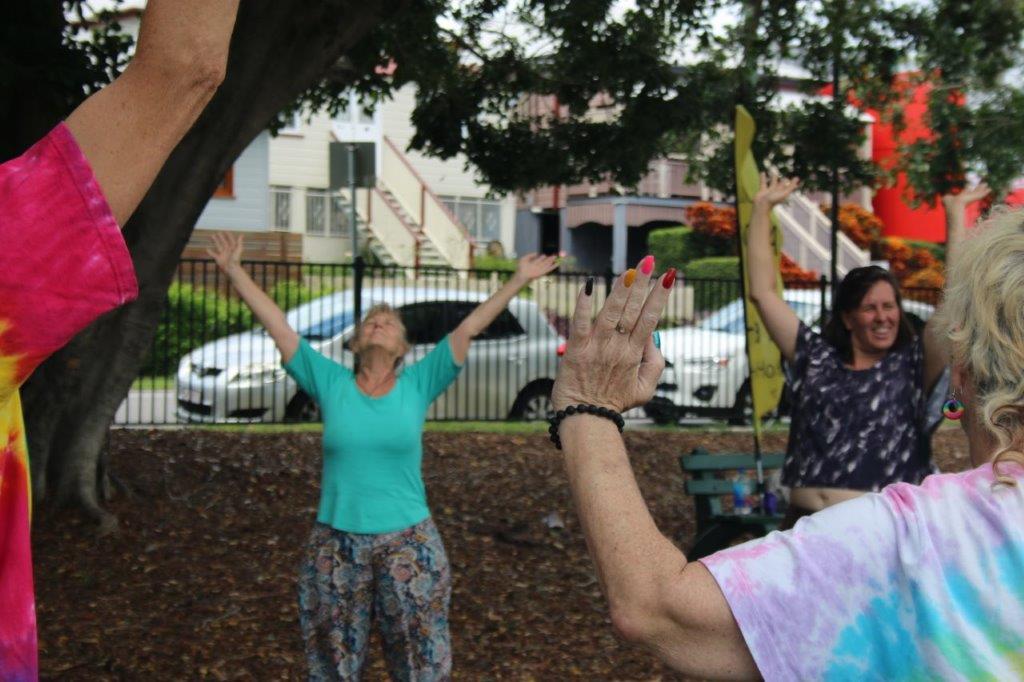
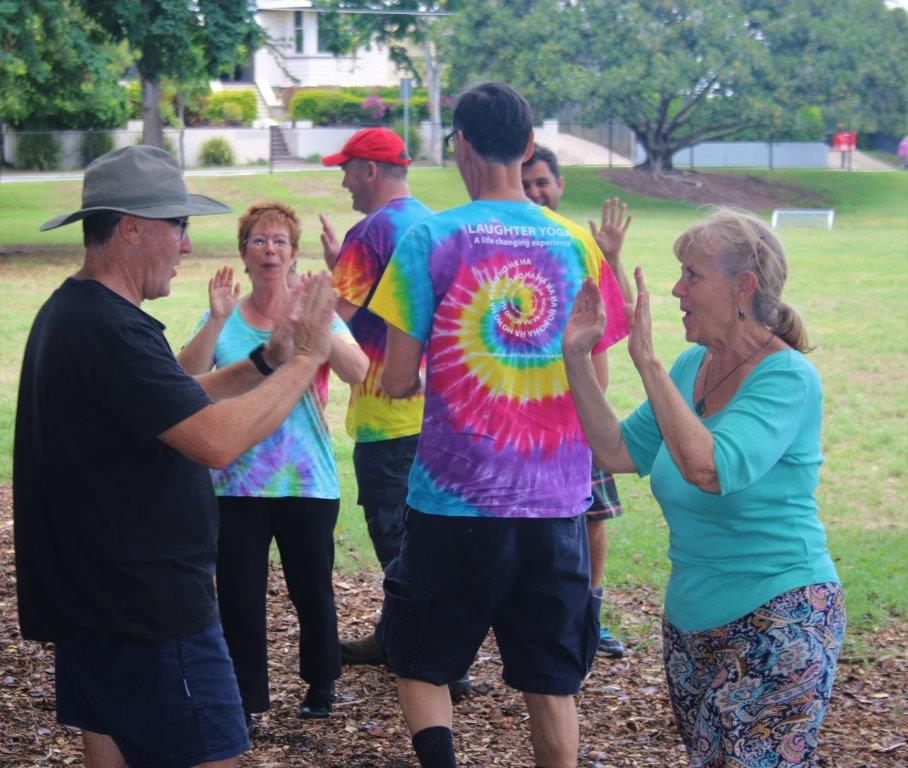
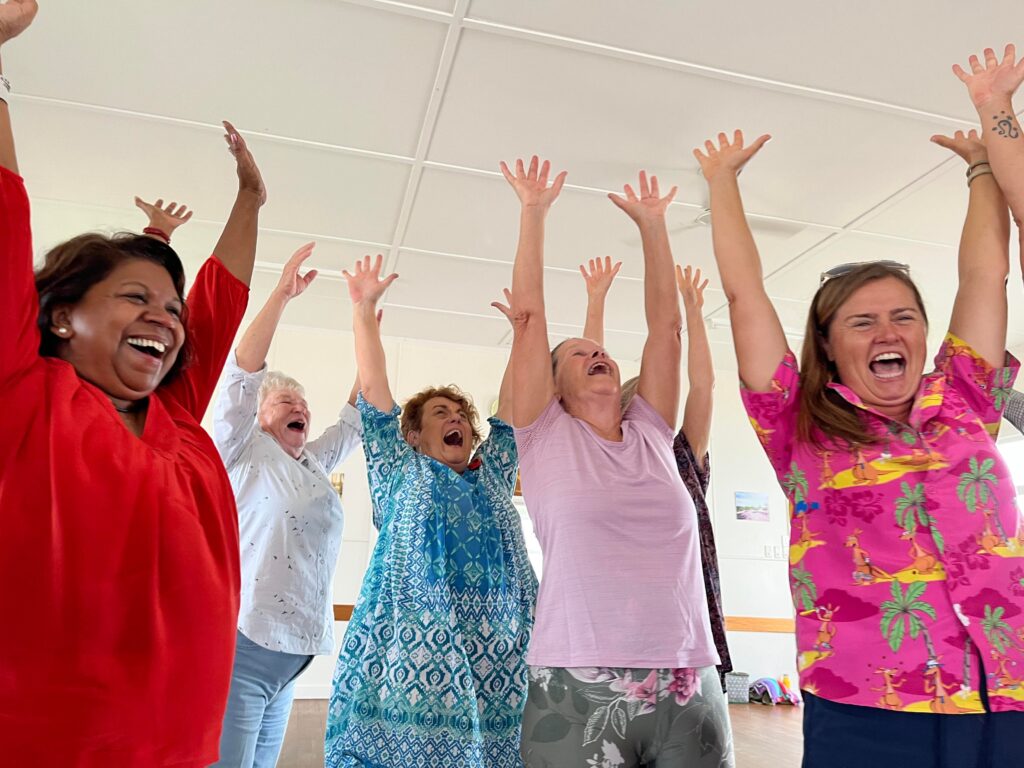
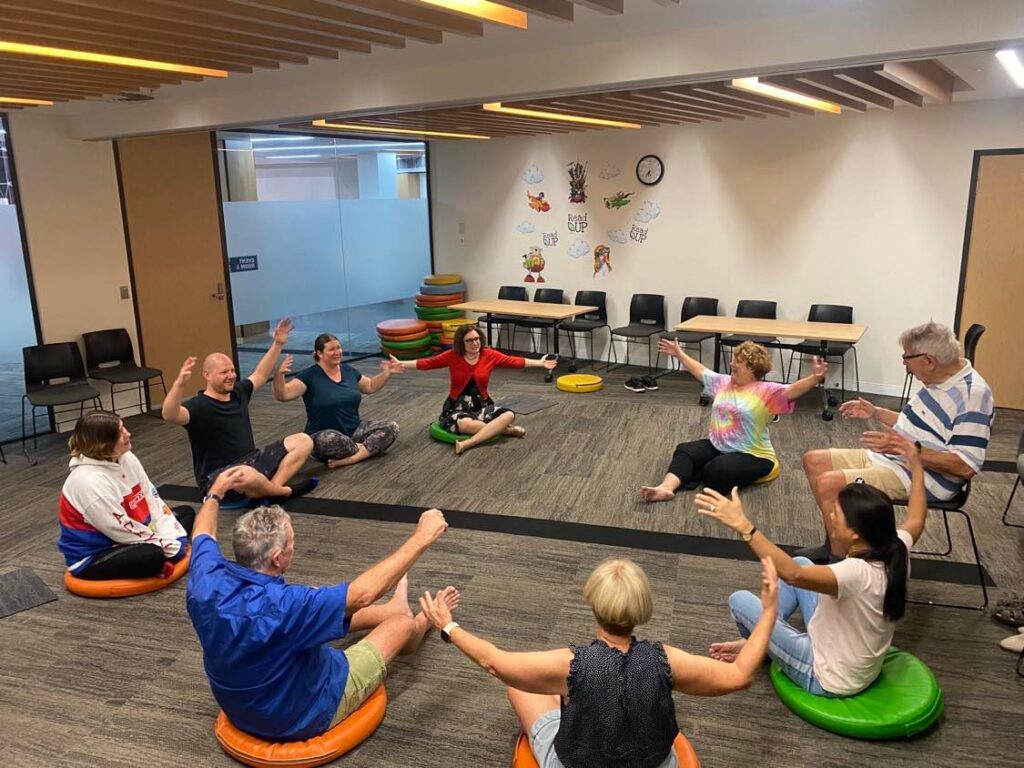
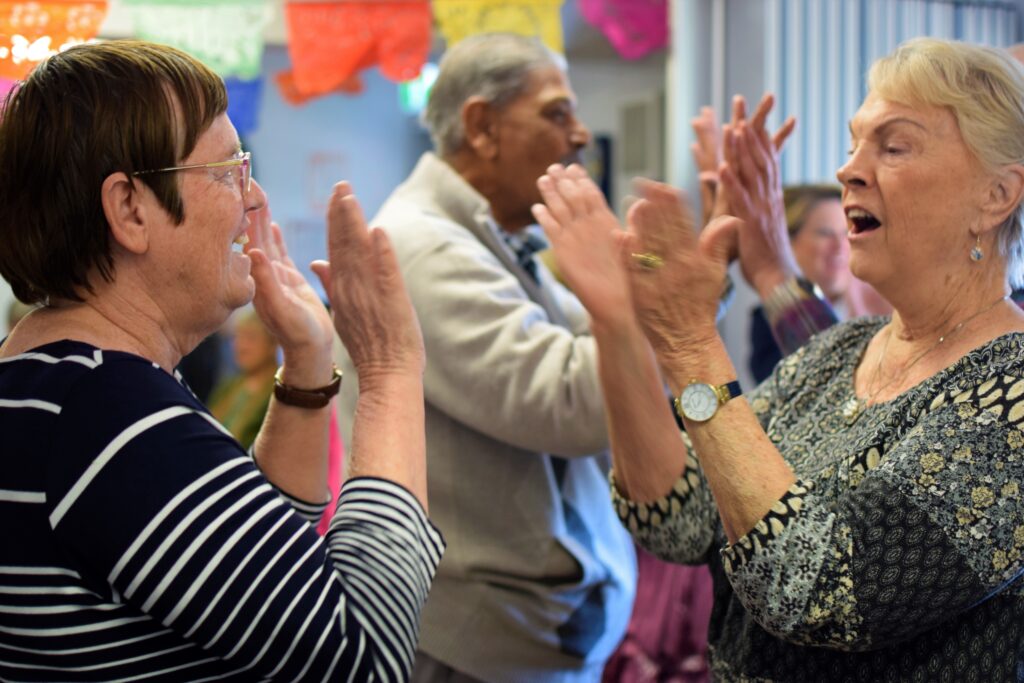
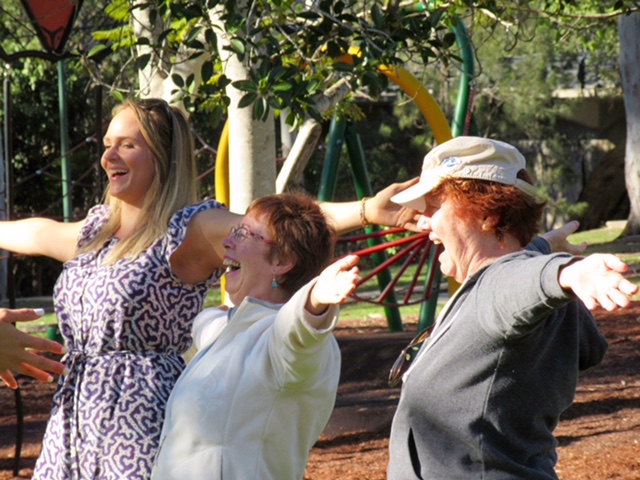
(c) HeatherJoy Campbell is an Australian laughter yoga teacher/trainer and workshop facilitator who also runs community giveback laughter clubs in her ‘backyard’, Queensland’s Moreton Bay region.